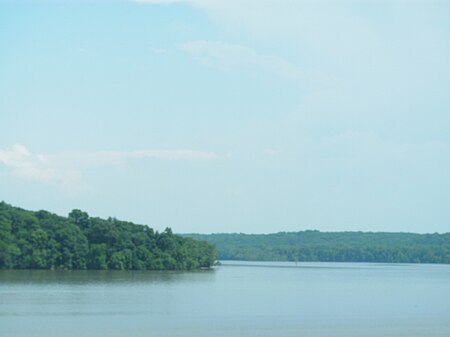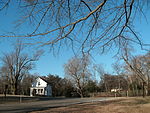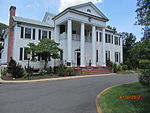Piscataway Creek
Maryland river stubsPrince George's County, Maryland geography stubsRivers of MarylandRivers of Prince George's County, MarylandTributaries of the Potomac River

Piscataway Creek is an 18.6-mile-long (29.9 km) tributary of the Potomac River in Prince George's County, Maryland. The creek is a tidal arm of the Potomac for its final 2.5 miles (4.0 km), entering the Potomac at Fort Washington Park. Tinkers Creek is a tributary to Piscataway Creek, converging from the north 4.5 miles (7.2 km) upstream of the mouth of the Piscataway. The United States Geological Survey records two variant names for Piscataway Creek: Pascattawaye Creek and Puscattuway Creeke.The Fort Washington Light was built to provide guidance for mariners entering Piscataway Creek from the Potomac River.
Excerpt from the Wikipedia article Piscataway Creek (License: CC BY-SA 3.0, Authors, Images).Piscataway Creek
Ft Washington River Trail,
Geographical coordinates (GPS) Address Nearby Places Show on map
Geographical coordinates (GPS)
| Latitude | Longitude |
|---|---|
| N 38.710277777778 ° | E -77.04 ° |
Address
Ft Washington River Trail
Ft Washington River Trail
22308
Maryland, United States
Open on Google Maps










